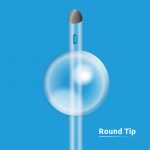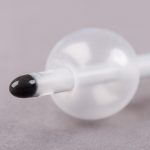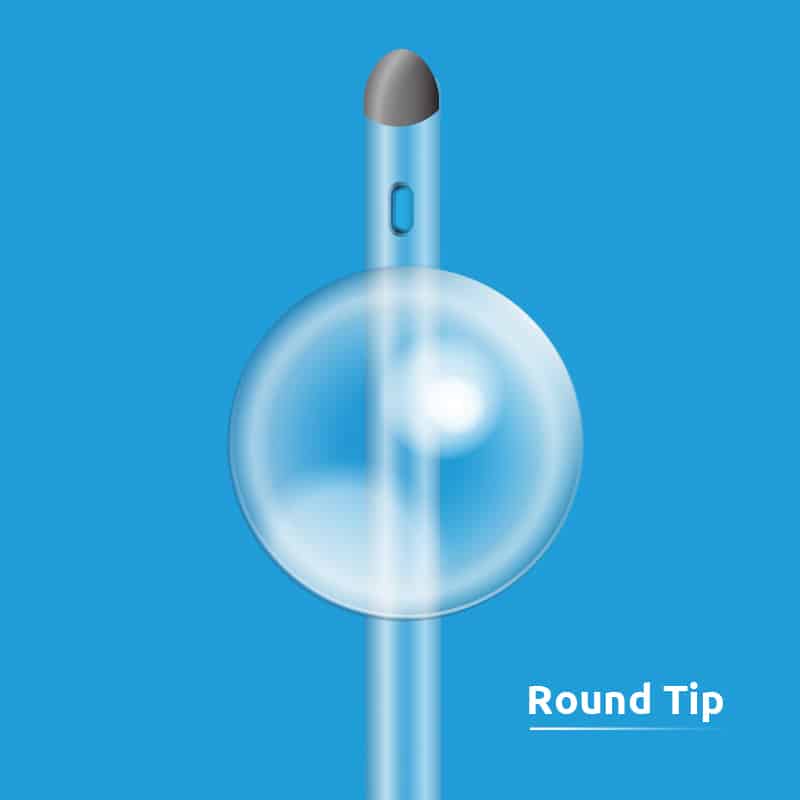1. Feneley, R. C. L., Hopley, I. B. & Wells, P. N. T. Urinary catheters: history, current status, adverse events and research agenda. J. Med. Eng. Technol. 39, 459–70 (2015).
2. Robinson, J. 100% Silicone Catheters with itegral balloon for suprapubic catheterisation. (2005).
3. Robinson, J. Suprapubic catheter removal: the cuffing effect of deflated catheter balloons. Br. J. Community Nurs. 8, 205–208 (2003).
4. Leaver, R. Understanding long-term catheterisation for effective bladder drainage. J. Community Nurs. 31, 43–50 (2017).
5. Lawrence, E. L. & Turner, I. G. Kink, flow and retention properties of urinary catheters part 1: Conventional foley catheters. J. Mater. Sci. Mater. Med. 17, 147–152 (2006).
6. Robinson, J. Selecting a urinary catheter and Drainage System. Br. J. Nurs. 15, 1045–1049 (2006).
7. Barford, J. M. T., Hu, Y., Anson, K. & Coates, A. R. M. A Biphasic Response From Bladder Epithelial Cells Induced by Catheter Material and Bacteria: An In Vitro Study of the Pathophysiology of Catheter Related Urinary Tract Infection. J. Urol. 180, 1522–1526 (2008).
8. LINC, M. S. Balloon Recovery Testing. (2005).







